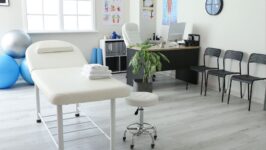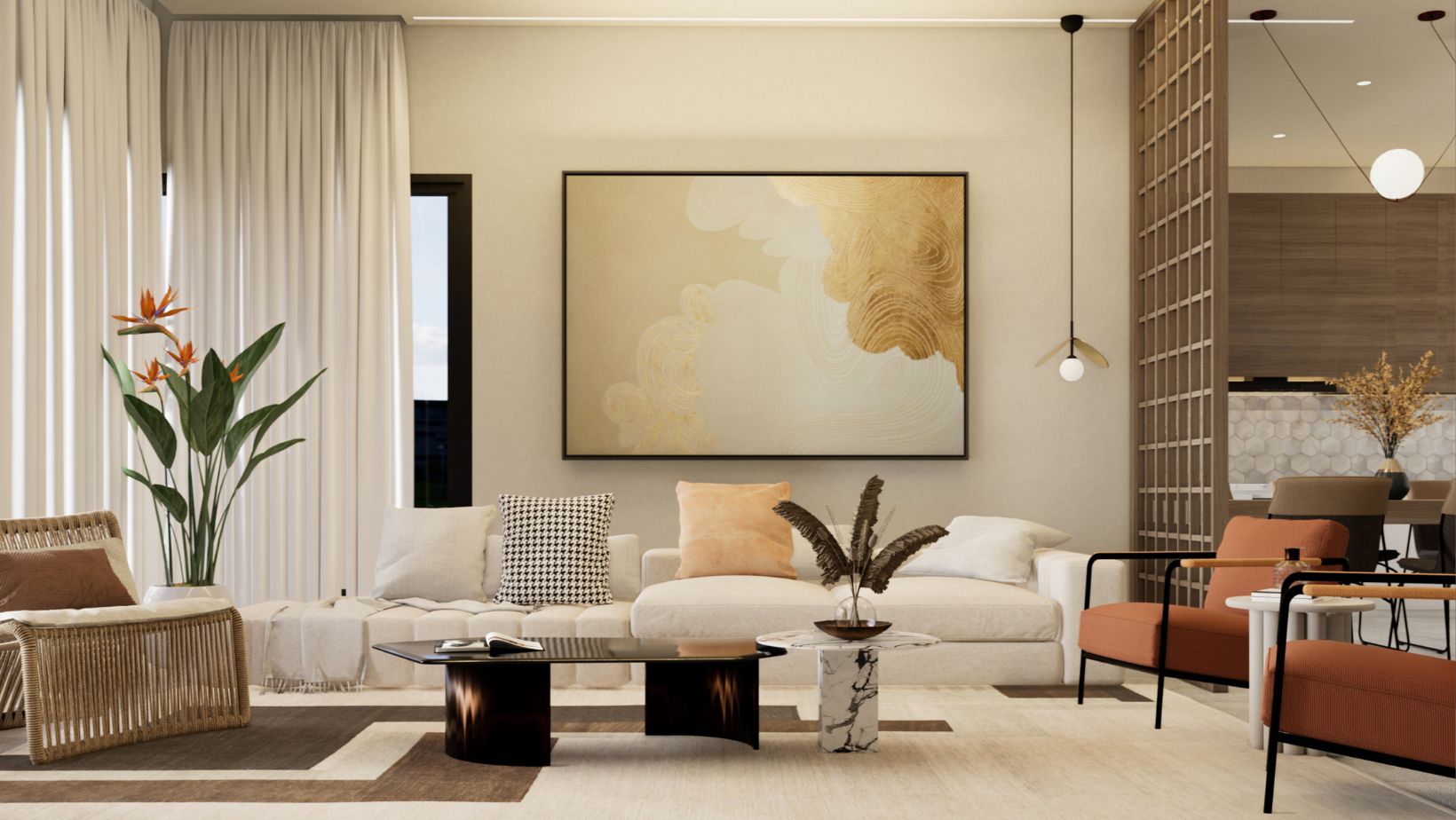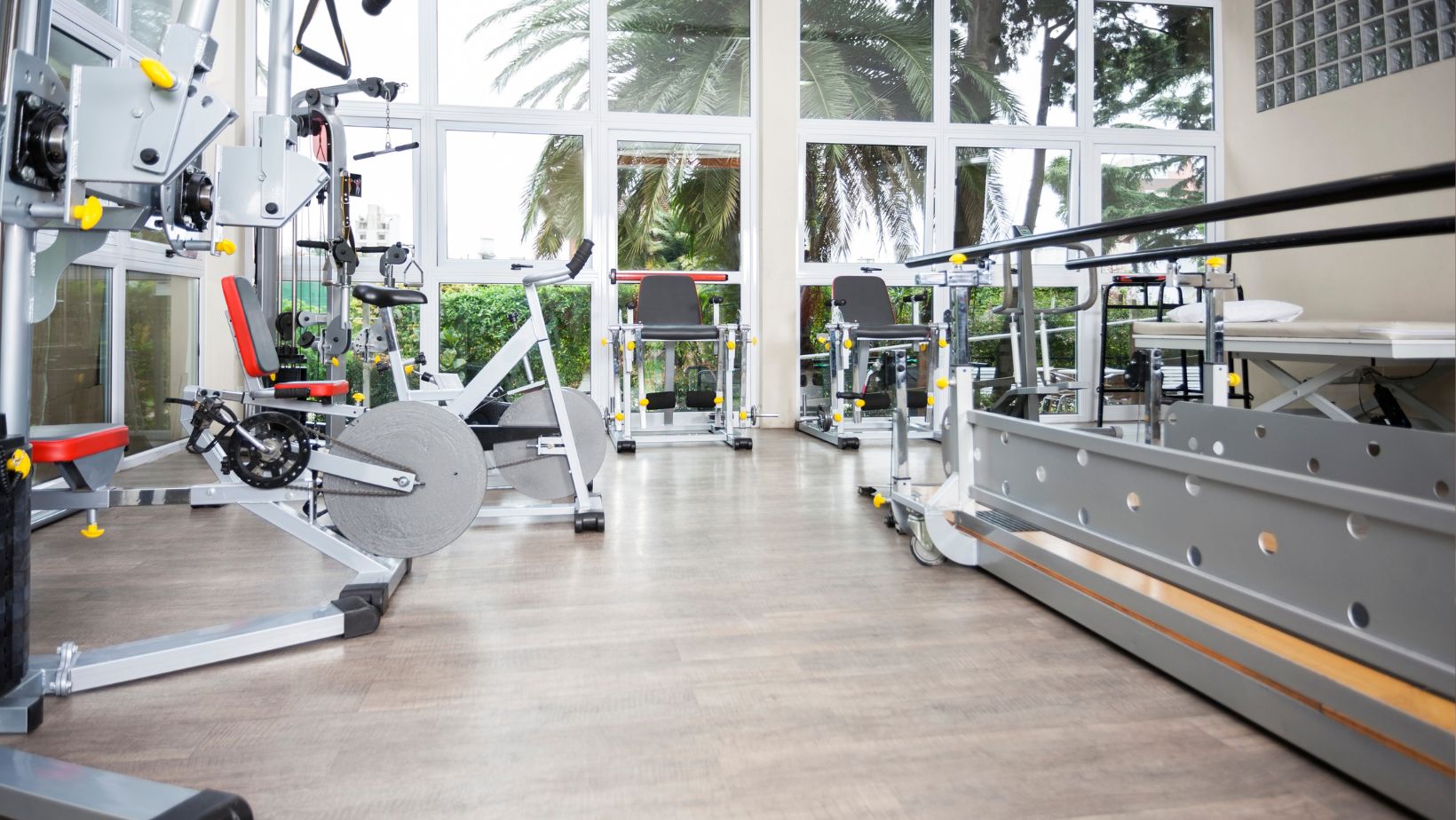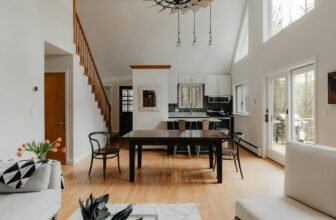
How Interior Design Affects Rehab Outcomes: Enhancing Recovery Through Thoughtful Spaces
Following the opening of the stunning Serenity Ranch Recovery rehab center, the topic of interior design in rehabs has come front and center. Interior design plays a significant role in rehabilitation settings, influencing both the emotional and psychological well-being of patients. A thoughtfully designed space can enhance recovery by promoting comfort, reducing stress, and fostering a sense of safety. In an environment where individuals are working to regain their health, the surroundings can either support or hinder their progress.
Aesthetic elements such as color, lighting, and organization contribute to how those in rehab feel about their environment. Natural light and soothing colors can uplift spirits, while cluttered or dark spaces may evoke anxiety or discomfort. By prioritizing these design principles, facilities have the potential to create an atmosphere conducive to healing.
The integration of nature, art, and personalized spaces has shown promise in improving patient outcomes. Studies indicate that when individuals feel connected to their surroundings, they are more likely to engage positively in their rehabilitation process. Investing in effective interior design can therefore lead to significant improvements in recovery rates.
The Impact of Environmental Psychology on Rehabilitation
Environmental psychology examines how physical spaces affect individuals’ behavior and well-being. The design elements in a rehabilitation setting can significantly influence outcomes by shaping responses and emotions linked to recovery.
Behavioral Responses to Interior Design
Interior design can elicit specific behavioral responses in individuals undergoing rehabilitation. For instance, open spaces often encourage movement and interaction, promoting socialization among patients. This can lead to increased motivation and a sense of community.
Conversely, cramped or poorly designed areas may evoke feelings of frustration or anxiety. Color schemes also play a crucial role; warm colors can stimulate energy, while cool tones may promote calmness. Thoughtfully designed spaces encourage positive behaviors, supporting the rehabilitation process effectively.
Emotional Influence of Aesthetics and Comfort
Aesthetics and comfort are vital components of rehabilitation environments. A well-designed interior can enhance emotional well-being. Natural light, for example, has been shown to improve mood and reduce stress.

Comfortable furnishings and inviting decor can create a sense of safety and belonging, crucial for patients during their recovery. Incorporating elements such as artwork, plants, and personal touches can further enhance emotional connections to the space, aiding in healing.
By considering these aspects, designers can create environments that not only cater to physical needs but also nurture emotional and psychological well-being.
Design Elements That Promote Healing
Healing environments are shaped by various design elements that contribute to better rehabilitation outcomes. Key factors include the use of natural light, careful spatial arrangements, and the integration of nature, all of which significantly impact a person’s recovery experience.
Natural Light and Color Theory
Natural light plays a vital role in promoting mental and physical wellness. It influences mood, circadian rhythms, and overall energy levels. Spaces filled with natural light can reduce feelings of anxiety, improve sleep patterns, and create an uplifting atmosphere.
Color theory also significantly impacts emotions and healing. Warm tones, such as soft yellows and earth tones, can create a sense of comfort. In contrast, cool colors like blues and greens promote calmness and relaxation. The thoughtful combination of these colors in a rehabilitation environment can enhance the emotional well-being of patients.
Spatial Layout and Ergonomic Furniture
The spatial layout of a rehabilitation space should prioritize accessibility and comfort. Thoughtful arrangements allow for ease of movement and minimize stress for individuals recovering from injuries or illnesses. Open floor plans can create a sense of freedom, while designated areas for specific activities promote focus.
Ergonomic furniture is crucial in supporting recovery. Chairs, beds, and tables designed for comfort can reduce physical strain. This allows individuals to engage more fully in their rehabilitation activities, enhancing their overall experience and outcomes.
Incorporation of Nature and Biophilic Design
Incorporating nature into design significantly benefits healing. Rehab centers like The Summit Wellness Group understand this and incorporate elements such as plants, natural materials, and water. These features can create a calming atmosphere. Exposure to greenery has been linked to reduced stress levels, improved mood, and better cognitive function.
Biophilic design goes beyond simple aesthetics. It integrates natural elements into the built environment, promoting a connection between individuals and nature. This connection can stimulate feelings of well-being, making rehabilitation spaces more supportive of recovery efforts. Examples include using large windows to showcase natural scenery or creating gardens for patient interaction.
Practical Considerations in Rehabilitative Spaces
When designing rehabilitative spaces, specific practical considerations play a critical role in enhancing recovery. Emphasizing accessibility and selecting appropriate materials can significantly impact the overall effectiveness of rehabilitation environments.
Accessibility and Universal Design Principles
Accessibility is vital in rehabilitative spaces. It ensures that every individual, regardless of mobility limitations, can navigate the environment effortlessly.

Key elements include:
- Wider Doorways: To accommodate wheelchairs and other mobility aids.
- Non-Slip Flooring: To reduce the risk of falls.
- Adjustable Fixtures: Such as counters and shelving that cater to various heights.
Universal design principles focus on creating environments usable by everyone. This includes thoughtful layout planning, which promotes ease of movement and interaction. Providing clear signage with large print enhances orientation in the space, making it easier for users to find essential areas.
Material Selection for Health and Safety
The choice of materials directly influences the safety and well-being of individuals in rehabilitative environments. Selecting non-toxic, durable materials is essential. Important factors include:
- Antimicrobial Surfaces: These reduce the spread of infections.
- Easily Cleanable Materials: Simple maintenance protocols support hygiene.
- Impact-Resistant Products: They ensure durability against potential wear and tear.
Incorporating natural light through strategically placed windows or skylights can also promote a healing atmosphere. Acoustic materials that minimize noise distractions are beneficial for concentration and recovery. Prioritizing these aspects fosters a safe and supportive rehabilitation environment.




